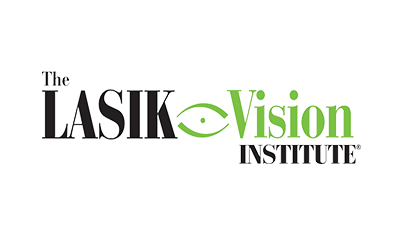How Lasik Surgery Works
Lasik surgery is a refractive surgical procedure using
lasers that can help fix your vision and let you rely less on glasses or
contact lenses. This surgical procedure can improve nearsightedness,
farsightedness, astigmatism, and presbyopia. Your exact condition influences
how the surgeon approaches your procedure. At its core, however, Lasik uses a
laser to create a thin flap in your cornea, under which corneal tissue is
removed. After that, the flap is placed back down. The goal is to correct the
shape of the cornea to fix your specific vision issue.
Lasik surgery can reduce your dependence on contacts or glasses, which is both convenient and cost-effective over time.
As an outpatient procedure, you don’t have to worry about
staying overnight. It takes just minutes to complete so you can be in and out
of your surgeon’s office quickly.
Effectiveness of the Procedure
Lasik surgery was approved by the FDA in 1999 and since
then, 10 million Americans have had the procedure done. Most patients report
improved vision of 20/20, and sometimes even better. The solution is supposed
to be permanent, so one procedure should fix your vision for your lifetime.
To ensure the best results, it is recommended that you ask
your doctor if you’re actually a good candidate for Lasik surgery. You should
have a full eye evaluation completed in advance. Red flags to watch out for
during your exam include:
- High eye pressure
- Infections
- Inflammation
Your eye doctor should also examine the shape of your cornea
to make sure there are no irregularities. Taking these extra steps helps you
make an informed medical decision so you can have lasting results with a lower
risk of potential side effects.
Frequently Asked Questions
What are the side effects?
There are a number of potential side effects associated with Lasik surgery. While they typically last only a few days after the surgery, long-term side effects are also a real possibility. You may experience dry eyes, glare, halos, double visions, flap problems, and even under- or over-corrections of your vision.
Can you see right after the procedure?
In most cases, you’ll experience hazy or blurry vision immediately following your Lasik surgery. You may also have some discomfort in your eyes, such as a burning or itching sensation. You may need to take a couple of days off work while your eyes heal and you’ll want to schedule a follow-up appointment within 24 to 48 hours. Additional doctor visits should be made over the next six months to track your progress and healing.
Do you feel anything during Lasik eye surgery?
You’ll receive eye-numbing drops before the surgery begins. While patients report feeling pressure in their eyes when the laser is in progress, there’s not supposed to be real pain. You will have your eyes held open with a special tool, which can be uncomfortable depending on your level of tolerance.
Improve Your Eyesight with a Top-rated Lasik Company
Ready for improved vision? Schedule a Lasik consultation today!
by Lauren Ward
Personal Finance Writer
Lauren Ward is a personal finance writer with nearly ten years of experience covering topics like loans, credit, and real estate. She lives in Virginia with her husband and three children.



